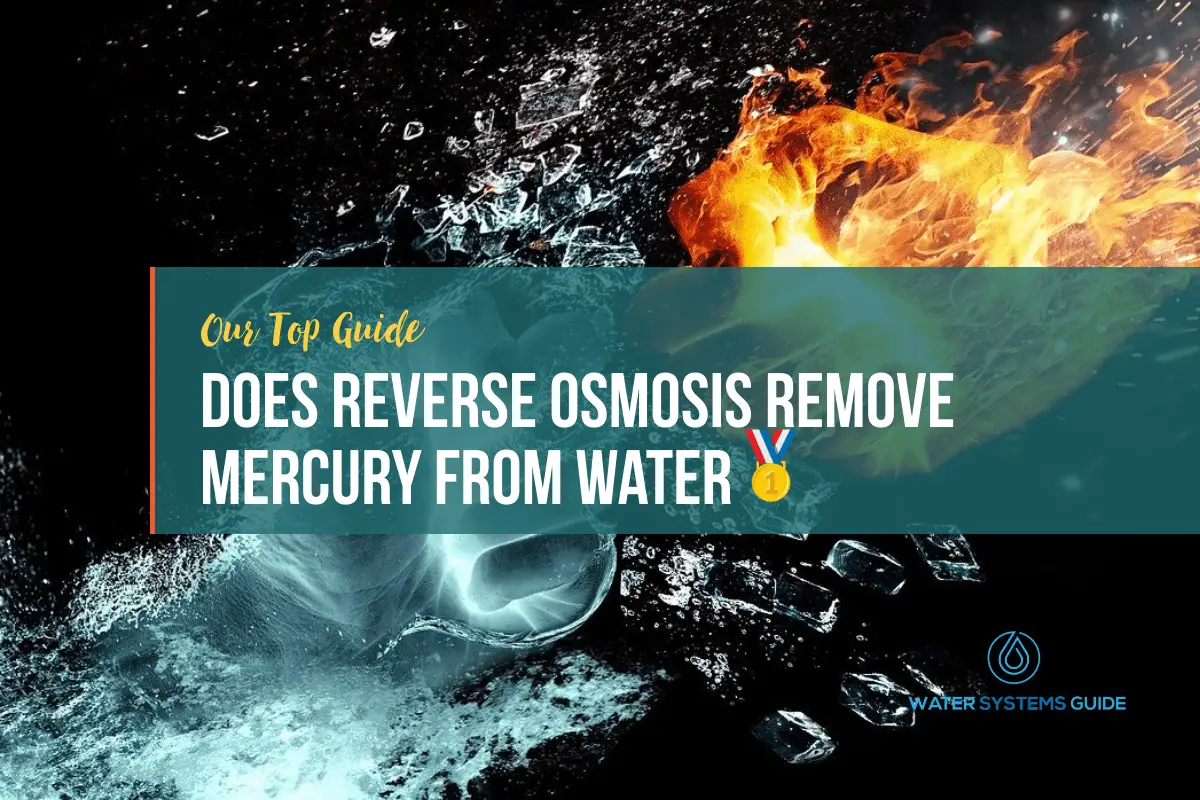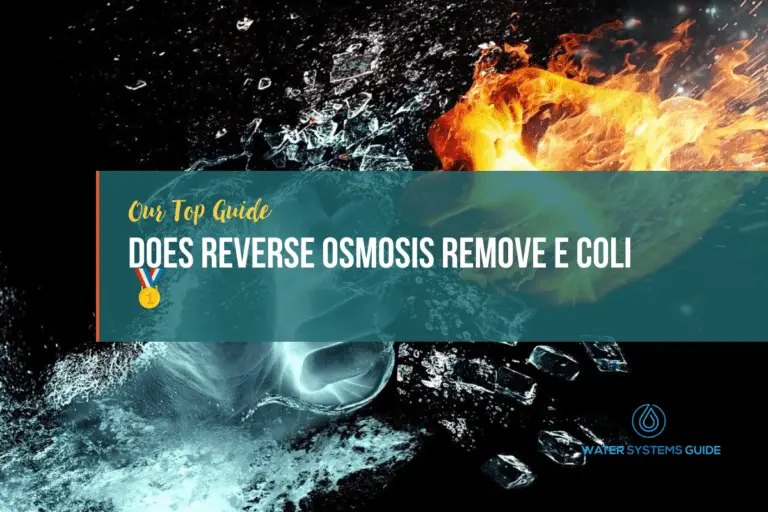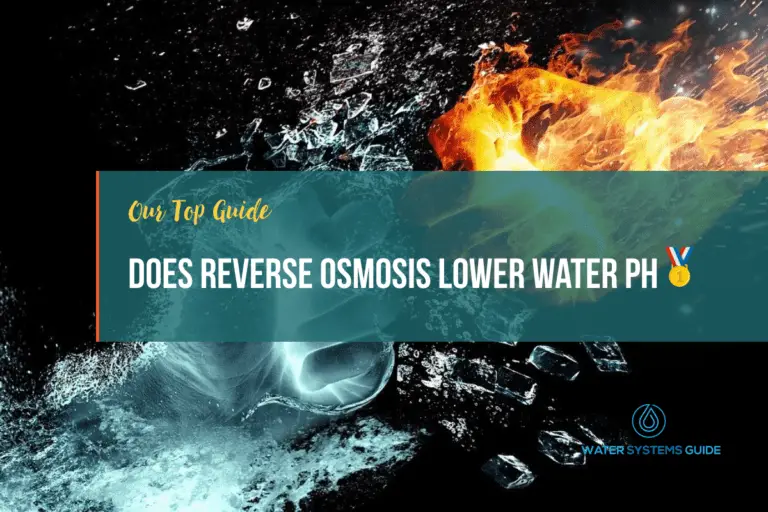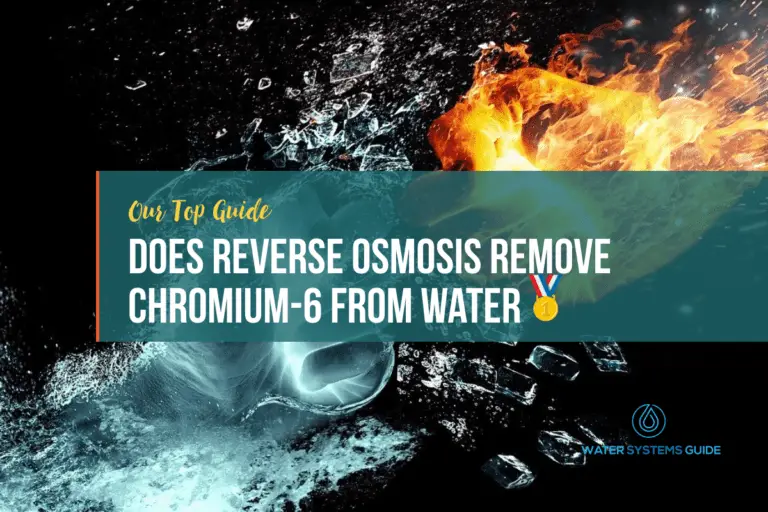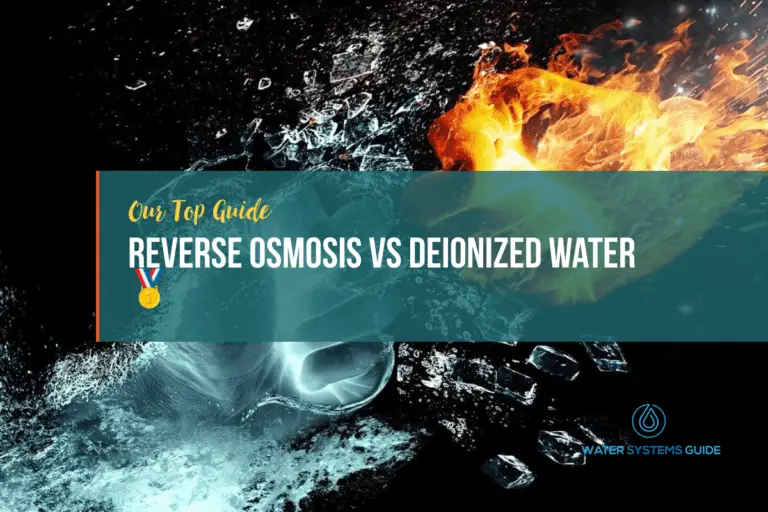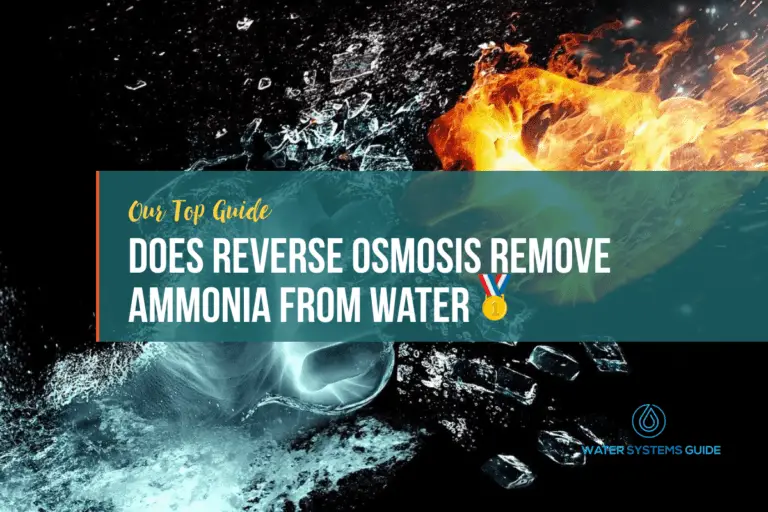Does Reverse Osmosis Remove Mercury From Drinking Water
How Does Reverse Osmosis Work?
What is mercury and where is it found?
Mercury is a naturally occurring element that is found in air, water and soil. It exists in three forms: elemental (or metallic) mercury, inorganic mercury compounds, and organic mercury compounds. Elemental mercury is a shiny, silver-white metal that is a liquid at room temperature. Inorganic mercury compounds are white powders or crystals, and organic mercury compounds are liquids or solids that are usually yellow, brown or black.
Mercury can be released into the environment from natural sources, such as volcanoes, and through human activities, such as coal burning and mining. Once mercury is in the air, water or soil, it can move long distances and accumulate in living organisms, including humans.
Mercury exposure is a serious health hazard that can lead to neurological, immune & nervous system, cell damage and more issues. The most common source of mercury exposure is from dental amalgam fillings, which release small amounts of mercury vapor into the body. Other sources include fish, vaccines, and certain industrial processes. Symptoms of mercury poisoning include tremor, insomnia, irritability, and memory loss. Exposure to high levels of mercury can result in death.
With that being said, how exactly do heavy metals like mercury get into the water supply?
How does mercury get into a home’s water supply
Mercury exposure is a very dangerous toxin that can cause serious health problems. It can enter a home’s water supply through many different ways. One way is from natural sources like volcanoes or geothermal springs. Mercury can also enter the water supply from human activity, such as mining, burning coal, and manufacturing certain products.
Once mercury is in the water, it can build up in fish and other animals that people eat, which can ultimately lead to mercury poisoning. That’s why it’s so important to be aware of the potential sources of mercury contamination and to take steps to protect yourself and your family.
Whichever cause, the health implications of mercury exposure means it’s very dangerous, as we’ll discuss in the next section. Therefore, it’s important to have your water tested regularly for heavy metals like mercury, at the POE (Point-of-entry) and POU (Point-of-use), and to take steps to ensure that your water supply is free of them.
The Impact Of Mercury on Human Health
Mercury is a highly toxic element that can have serious health impacts on humans. Exposure to mercury can cause neurological problems, cognitive difficulties, and in extreme cases, death. Mercury poisoning can occur through inhalation, ingestion, or skin contact, and can be particularly harmful to pregnant women and young children. Although mercury is found naturally in the environment, human activity has resulted in increased levels of mercury in the air, water, and soil. Reducing mercury emissions and exposure is essential to protecting human health.
Mercury is a heavy metal that is found naturally in the environment. It is also released into the air through industrial processes. Mercury can enter the body through breathing, eating, and skin contact. It can build up in the body and cause health problems. Exposure to mercury can damage the brain, kidneys, and lungs. It can also cause birth defects.
Because of this water filters and filtration systems have become more increasingly crucial and popular amongst Americans and those around the world, wanting to protect their health.
Does Reverse Osmosis Remove Mercury From Water?
Reverse osmosis is a water purification technology that uses a semipermeable membrane to remove contaminants from water. In reverse osmosis, an external force is used to overcome the natural osmotic pressure, resulting in the separation of clean water from contaminated water. The main benefit of reverse osmosis is that it can remove a wide range of contaminants from water, including heavy metals such as mercury.
What Else Does Reverse Osmosis Remove?
How Else Can I Remove Heavy Metals from My Water Supply?
There are a few other methods that can be used to remove heavy metals from your water supply, all of which have been referenced from the University of Wisconsin-Eau Claire.
“Removing mercury from the water can be achieved using four processes: Coagulation/Filtration, Granular Activated Carbon, Lime Softening, and Reverse Osmosis.”
- Coagulation/filtration is a common treatment which uses AlSO4 that reacts with the mercury to form a solid which can precipitate out of the water. The sludge then must be disposed of in a hazardous waste landfill. This process is beneficial because it costs very little and is reliable.
- Granular activated carbon uses porous carbon media. This media is a very heavy charcoal material. As the water passes through, the dissolved contaminants are absorbed and held on the solid surface. This process has its limitations because the effectiveness depends on the concentration of mercury in the water.
- Lime Softening uses excess Ca(OH) to raise the pH level and then the heavy metal precipitates out as Hg(OH). A benefit of this method is lower costs and proven reliability.
- In reverse osmosis, water is pushed through a semi permeable membrane. A Common membrane material is a polyamide film. This produces high quality water, but is fairly expensive.
Conclusion
In conclusion, does reverse osmosis remove heavy metals such as mercury? It certainly does, to a high level of proficiency. It’s recommended to get your water professionally tested, to see which type of RO system is ideal for your situation, whether it’s a POU (under sink RO unit) or POE (whole house RO unit) system.

